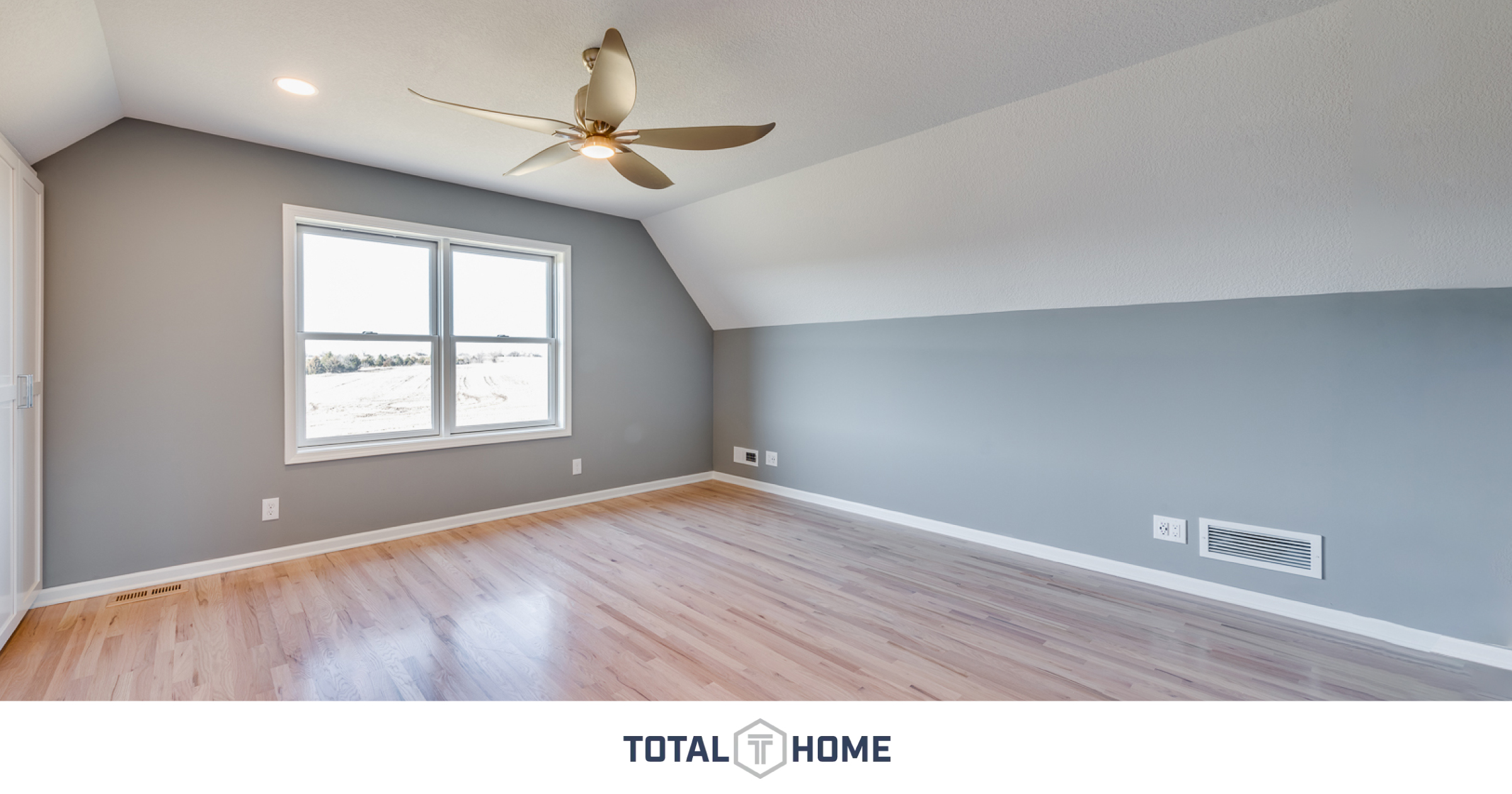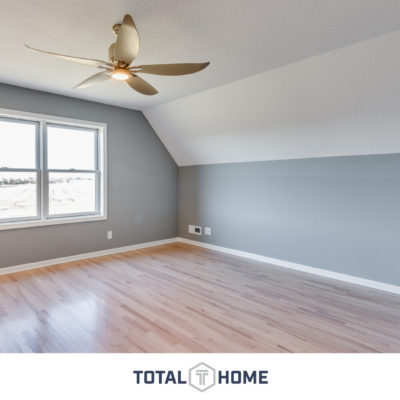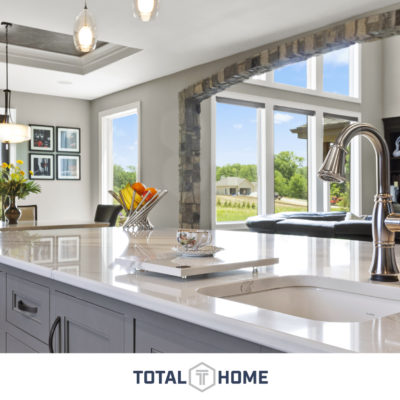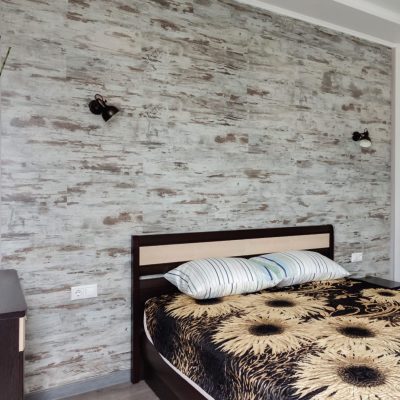Homeownership isn’t cheap, as you’ve probably realized by now. Between the P&I on your loan, taxes, insurance, regular repairs, and unforeseen disasters (why does it always seem like the hot water heater breaks down in January?) budgetary challenges are just par for the course.
But what about those big home improvement projects you’ve been plotting and Pinterest-ing? You’re likely aware from all the HGTV you’ve been watching that a bathroom or kitchen remodel isn’t cheap. Regardless of what you have in mind, financing your bigger renovation projects is a great way to make your home more liveable — and even improve its value in some cases. Here are some quick tips on how to get started financing your home improvements.
1: Figure out if financing is the right path
If you’re reading this, you’re probably already sold on securing a home improvement loan, but hear us out. Get clear on the budget for your project: obtain quotes from different contractors and consider your options for supplies and materials. If you can cut costs by buying second-hand materials or striking up a deal with the right contractor, you may be able to save up the cash for your project without having to go the riskier route of financing.
2: Check your credit
Your credit plays an important role in your ability to qualify for different types of financing (and the rates you’ll get). Use a tool like MyFICO to gauge your credit scores across all three bureaus. If your credit is at least “good” (670 or above), you’re likely a good candidate for financing.
3: Compare home improvement financing options
Here’s a roundup of the main types of home improvement financing options, from private loans to government loans.
Home Equity Line of Credit (HELOC)
A HELOC is a revolving line of credit with a variable interest rate, with your house serving as collateral. Think of it as a credit card for home improvement projects. According to Bankrate, you’ll need at least 15-20% of home equity to obtain a HELOC. A HELOC is great to use for multiple projects (or those with an uncertain budget), since you can borrow when you need it and pay it off as you go. However, with a HELOC, you’re borrowing against the value of your home, so if there’s any uncertainty about your ability to pay it back it may be wise to choose a different option.
Home Equity Loan
A home equity loan has a fixed interest rate and provides you with a lump sum of money upfront. Like a mortgage, you’ll pay it off over a 15-30 year period. These are great for homeowners with at least 15% equity in their homes who need a hefty amount of cash at once to get started on a big project. Like a HELOC, home equity loans use your house as collateral as well.
Personal Loan
These are sometimes called home repair loans or remodel loans, but they’re essentially just personal loans you’d obtain from any bank or credit union. These loans are unsecured, which is helpful if you don’t feel comfortable putting your home up as collateral. On the other hand, you’ll need good credit to qualify.
Cash-Out Refinance
It’s exactly what it sounds like: with a cash-out refinance, you’ll obtain a new, larger mortgage to pay off your old one and keep the difference in cash to use for your project. This is a good option if you were already considering refinancing for one reason or another: perhaps you’re in search of a lower interest rate, lower monthly payment, better terms, or the ability to remove or add borrowers to your loan. If you’re happy with the mortgage you have, it may be better to go a different route.
Title 1 Property Improvement Loan
If you don’t have equity in your home but need funds for a home improvement project, a Title 1 Property Improvement loan allows you to borrow up to $25,090 over 15 years to make “liveable and useful” improvements to your home. With a fixed interest rate, this loan is a bit like an additional miniature mortgage for existing homeowners.
VA-backed cash-out refinance
Like the standard cash-out refinance described above, this loan allows those who qualify for a VA-backed home loan certificate of eligibility (COE) to refinance an existing mortgage and borrow more in order to pay for home improvements. This is also a useful loan if you’re simply wanting to refinance your current mortgage into a VA loan, since the VA loan often features better terms than other loan types.
203(k) mortgage
This is a mortgage that allows you to base the loan amount off the final projected value of the house after improvements. You can use up to $35,000 of your total mortgage amount to make both structural and cosmetic repairs. Further, you don’t have to necessarily live in your home when it’s done — making this a good option for aspiring home-flippers or those who want to help revitalize housing in their community.
Energy-efficient mortgages (EEM), grants, and credits
There are a range of programs incentivizing energy efficiency, from local and state programs to federal tax credits. If you’re planning on making energy-efficient home improvements, check first to see if you qualify for a grant from the Weatherization Assistance Program before taking out a loan. For local programs, reach out to your state energy office to get started. You may also
consider asking your current lender, or another bank or credit union, about their energy-efficient loan options.
One last note: while you might be eager to DIY your big project, consider the potential cost and time savings of working with an award-winning firm like Total Home KC. We’re here to answer your questions as you get started on your reno journey, call us today at (913) 227-4149.

